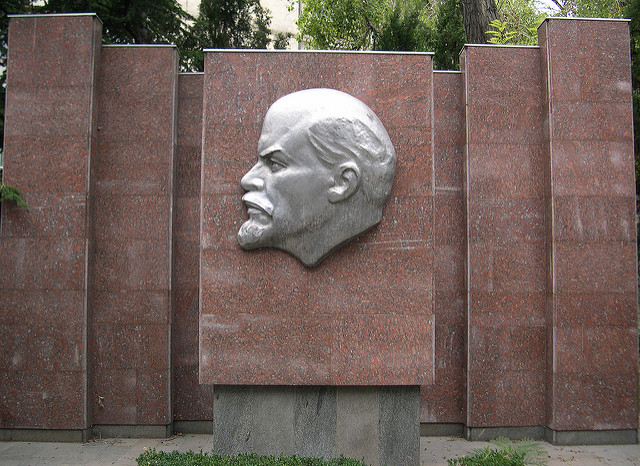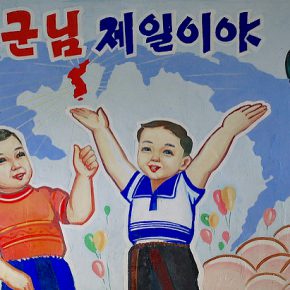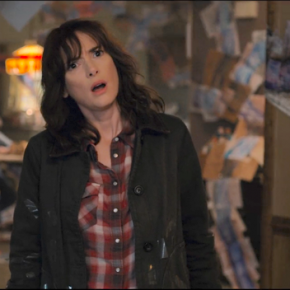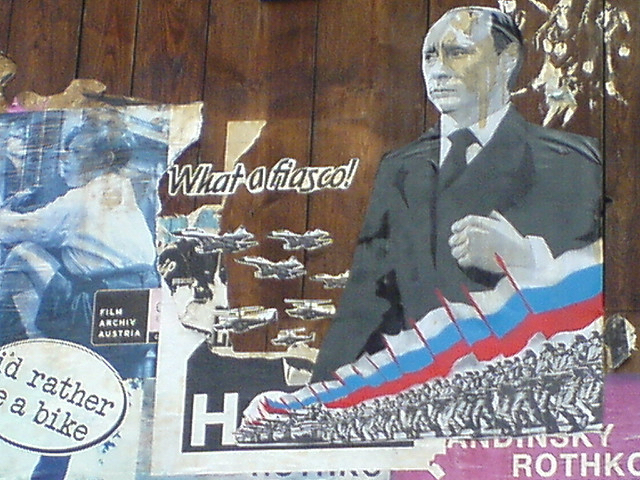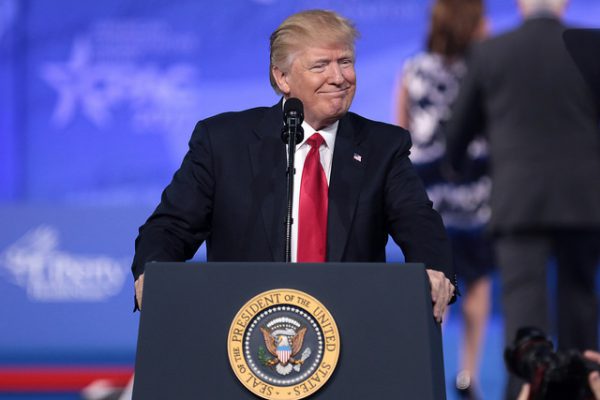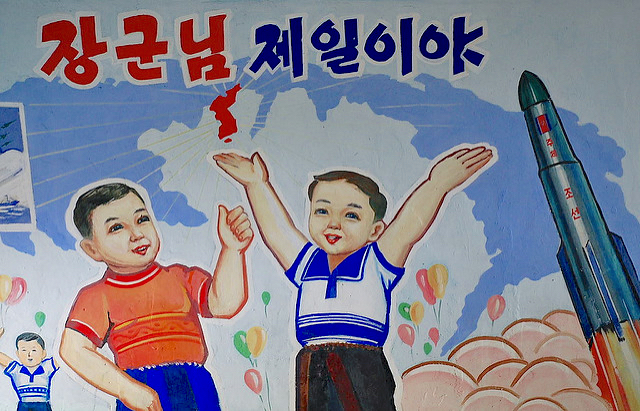Watching the BBC debates on the legacy of the Russian revolution was never going to please a Marxist like myself. Typically you get stage-managed spats between people like George Galloway and Peter Hitchens, where both sides take the worst line possible. So the October revolution is either mystified or misconstrued.
It’s claimed that the Bolsheviks were fanatics, addicted to mass-murder. As if the leaders of Europe were not so bloodthirsty, even as they engaged in the mass-slaughter known as World War I. It’s even claimed that the revolution was just a coup orchestrated by Germany and Lenin was working for the Kaiser.
It’s revealing that the October revolution still can’t be discussed in a serious way. In a way this should be reassuring for the radical left. Even a century after the event, the threat of the ideas of Russian revolutionaries is still very real today. This is the real power of what took place in 1917.
After decades of Cold War propaganda and the real horrors of the Soviet Union, it’s not surprising that the Russian revolution is lost in the public imagination. From February to October, Russia was the site of a political opening which spawned democratic councils and a nascent representative government. This was the first taste of freedom for Russians.
Sadly, the opening would quickly be closed down. Instead of democracy, the radical experiments with workers’ councils (soviets) would be defeated from within and without. This part of the story is too often left out.
All power to the Soviets
This was covered in one of the most interesting debates held by a mainstream publication can be found on The Prospect website, pitting former CP man David Aaronovitch and left-wing blogger Richard Seymour against one another. It’s well worth reading in full.
“It’s questionable if any form of democracy was possible in Russia by late 1917,” Seymour writes. “The first democratic institution to emerge from the February Revolution was the Petrograd Soviet. The model of democracy it proposed was socialist self-government entirely different from the liberal, property-based democracy of the provisional government.”
“The elected workers drove out tyrannical managers and took over factories. They took control of the army, transport and communications,” Seymour goes on to say. “By October, two-thirds of large enterprises had soviets running them. They administered food supply, education and law and order. In the army, organised insurrection was afoot. Peasants drove out land captains, township elders and police, and set up democratic township committees.”
It was a bold experiment in workers’ democracy, but it took place in the collapsing scenery of a backward economy and a state broken by war. The Russian revolution could only survive by spreading throughout Europe, yet the German uprising was crushed and the hopes of world revolution died with it. The new state faced counter-revolution from within and a foreign invasion from the West and Japan, the end result was not socialism but a militarised regime.
Even still, this is not cause to regret or mourn the democratic opening itself. As Paul Mason puts it: “The Russian Revolution was an intervention by the masses into history, like the French before it, and it is possible to celebrate that if you also acknowledge and celebrate the fight workers put up against the fairly rapid shutdown of their freedoms that happened in the years afterwards.”
A big part of the problem with the Western discourse around October 1917 is the assumption that it was possible to build a liberal democratic capitalist state under conditions of near total devastation. The fact that the Kerensky government was too weak to maintain itself and would have been overthrown by the military, if the Bolsheviks hadn’t taken action first.
“The choice that followed the revolution of October 1917 was thus not between Lenin and liberal democracy,” Tariq Ali writes in The New York Times. “The real choice was to be determined instead by a brutal struggle for power between the Red and White armies, the latter led by czarist generals who made no secret that if they won, both Bolsheviks and Jews would be exterminated.”
The debate is stunted by the fact that the revolution is seen retrospectively through Stalinism, as if the rise of one man rule was the inevitable result of the uprising. The common surmise is that all revolutions fail and achieve nothing but bloodshed and tyranny. And this debate is far from settled.
The day after the revolution
The character of the Soviet system is still up for examination. Whether or not the Soviet Union was a degenerated workers’ state, an example of bureaucratic collectivism, a kind of revolutionary Bonapartism, or even state capitalism, continues to divide Trotskyists and radicals everywhere. Perhaps it is easier for latter-day Trots to pin labels on the USSR than it was for the old man.
This is why Leon Trotsky divided his supporters in the late 1930s when he prevaricated on the question of Soviet aggression. As long as the USSR was still some kind of workers’ republic, the revolution could be salvaged and exported abroad. This calculation allowed Trotsky to separate his condemnation of Stalinism from the state as a whole.
In the orthodox Marxist theory of history, capitalism is to be superseded by socialism, but it was not clear where the USSR fits into this picture. After all, Russia could not make the leap from its quasi-feudal conditions to a post-capitalist future. The transition required that the Bolsheviks use non-capitalist means to amass the surplus necessary to build socialism. It didn’t go to plan, in short.
What emerged from the Russian civil war was a militarised state and a command economy in the urban centres, surrounded by the rural peasantry where private property continued to be the norm. The Bolsheviks had a majority of support from the working class, while the Socialist Revolutionaries had the peasantry. This was a recipe for compromise in the form of the New Economic Policy.
Lenin, Bukharin and Stalin were united in reopening the space for private enterprise and market forces to repair the damage of two major wars and famine. It was hoped that this would provide the material basis for building a modern socialist state. This strategic retreat was openly described as state capitalism by Lenin.
Stalin would use this strategic retreat to consolidate his hold on the state bureaucracy. He would side with Bukharin to outmanoeuvre the left opposition, only to turn against his former allies on the right of the party and appropriate the proposals of the left to collectivise agriculture. This was at the same time as pursuing rapid industrialisation.
The process was supposed to establish the material pre-conditions of socialism and ultimately a transition to communism. This is the complexity not widely discussed in the West. Of course, as we all know, the end result was suffering for the Russian people.
Photograph courtesy of katesheets. Published under a Creative Commons license.
